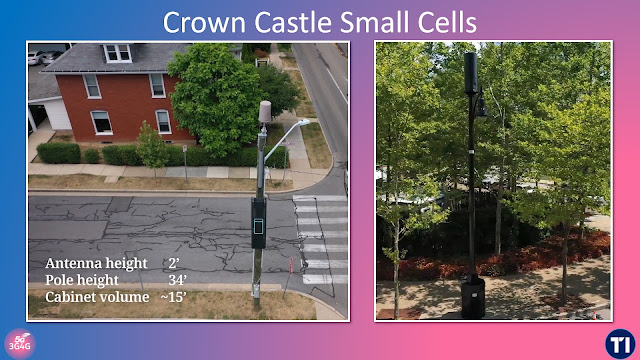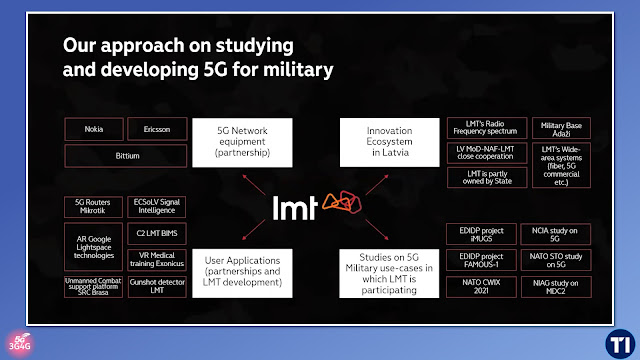Crown Castle owns, operates and leases more than 40,000 cell towers and approximately 80,000 route miles of fiber supporting small cells and fiber solutions across every major U.S. market.
Earlier this month, T-Mobile US, Inc. and Crown Castle announced that the companies have signed a new 12-year agreement to support the continued build-out of T-Mobile's nationwide 5G network with increased access to Crown Castle's towers and small cell locations. The agreement enables the Un-carrier to further expand and deepen the reach of its industry-leading 5G network to serve consumers across the U.S. while also realizing financial synergies following its merger. The agreement also helps Crown Castle generate long-term tower and small cell revenue growth.
An RCR Wireless News article said:
Crown Castle secured commitments for over 50,000 new small cell nodes during the last twelve months, which equates to approximately 70% of the total small cells the booked in its history prior to 2021, the company’s CEO Jay Brown said in a release.
“As a result, we now have approximately 55,000 small cell nodes on-air and more than 60,000 committed or under construction in our backlog. Our customers are already planning for the next phase of the 5G buildout that will require small cells at scale, and this inflection in our small cells business reflects how well-positioned we are to support their wireless network needs for years to come, with our more than 80,000 route miles of fiber concentrated in the top U.S. markets,” the executive said.
“I believe 2022 will be an important transition year for our small cells and fiber business, as we prepare to accelerate our deployment of small cells from approximately 5,000 this year to what we expect will be more than 10,000 per year starting in 2023,” Brown added.
A Light Reading article from last year talked about a new report from Altman Solon.
Altman Solon said it derived its findings from a database it constructed of small cells across more than 70 US markets. "Leveraging analysis of this database and augmenting with other primary and secondary research and our deep experience and knowledge base in the space for all small cell ecosystem players, Altman Solon has developed preliminary critical insights about the competitive landscape in the US small cell market," the firm boasted.
Among its findings:
- "Small cell growth has been much slower historically than what industry reports have projected due to the regulatory climate, lack of neutral hosts, and limited backhaul," the firm wrote
- Roughly 70% of the small cells it identified are located in dense urban and urban areas.
- Crown Castle operates about 50% of all small cells identified, while mobile network operators like Verizon account for around 35%. Crown Castle operates about 50,000 commercially available small cells today, with another 30,000 on order. ExteNet Systems operates roughly 32,000 small cells across the country, while Mobilitie – recently acquired by Canada's BAI Communications – counts around 10,000 small cells.
- Altman Solon identified very few neutral host small cells, which are small cells that transmit signals for more than one network operator. Such devices are considered critical to the growth of the industry considering neutral host small cells can generate significant revenues for the companies that operate them.
Here is a short video from Crown Castle explaining their view of small cells
Related Posts:
- The 3G4G Blog: Macrocells, Small Cells & Hetnets Tutorial
- Telecoms Infrastructure Blog: Small Cells growing fast, just not in Europe
- Telecoms Infrastructure Blog: AT&T Small Cells and Macrocells
- Telecoms Infrastructure Blog: Super Bowl 2020 Infrastructure in Miami, Florida, USA
- Telecoms Infrastructure Blog: Verizon's Small Cells Start Paying Dividends
- Telecoms Infrastructure Blog: 5G Small Cells on 'Smart Poles' in Denver
- Telecoms Infrastructure Blog: Sprint's Outdoor Small Cells - In Pictures
- Telecoms Infrastructure Blog: Some pictures of Small Cells from California (USA)
- Telecoms Infrastructure Blog: Verizon's got Balls and Small Cells




